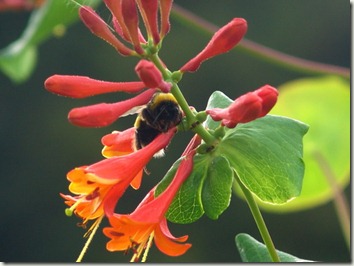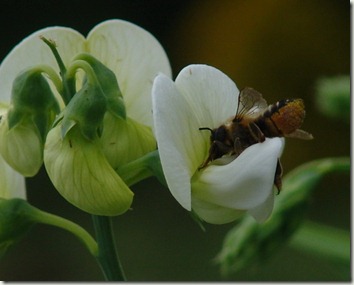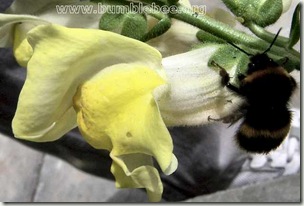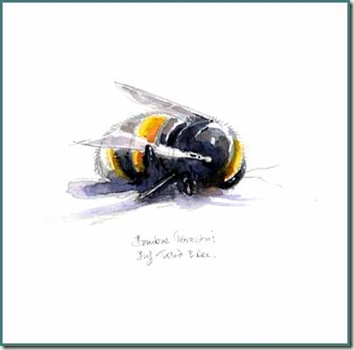I sometimes worry that I am not working hard enough or, I should really say, I am not achieving enough.
Sometimes the day slips away and I have achieved very little, but I have been very busy.
At the moment I seem to spend a large amount of time on the computer, answering emails, fulfilling book and print orders, reading about art/bees/interesting people/looking for opportunities and thinking about commissions and planning new projects.
This is all fine but the one thing I should be doing…painting and drawing, seems to be done in the last hour of the day when I am far from my best.
So I thought I would record a typical day and see where it all goes wrong! Yesterday I recorded my day, I knew today would be mostly spent in the car.
It turned out to be quite productive, I think because as I had committed to writing it down. It’s quite hard to admit to an hour in the day where you “did nothing but stare out of the window”.
My Day
5.30.. UP …I LOVE the early mornings. Cup of tea answer 2 emails.
Out for walk at 6, thought about where I might sketch later. Optimistic about my decision to record the day.
Back at 6.45. Tea, read emails and discover 2 fascinating articles**** one about taxidermy and the other about the perils of doing a PHD… (always on my mind). Shared these observations with a couple of friends who might be interested. **** terrible danger here of being sidetracked into lots of internet browsing on fascinating subjects,
7.45 Decide to make a list of things to do. The list is long and includes shouting at the Post Office, roughing out 3 more paintings, parceling up 3 books to send out, sorting out paintings and blurb for Nature in Art ,worrying about what to do about Dad, try to make appointments to see doc, lawyer, dentist(hopeless)… go for cycle, do some sketching, remember to feed guinea pig (easy)…do more sketching.
8 to 8 30 Guinea Pig time. He likes cucumber.
8.30 to 9 Email gallery re prints. Put on washing. Take irritating dead light bulbs out of ceiling fitting. Have put this off because involves having to stand on chair. Make another cup of tea.
Reluctantly turned on Tweetdeck.
Wrestle with Tweetdeck
9-9.15 Speak to lawyer re Dad.
9.15 to 9.30 try to process what lawyer had said… Fail and worry.
9.30 –10.30 Read, reply to and initiate emails, some re Nature in Art residency, trying to make the most of being over the other side of the country and meet up with some bee people… logistically tricky. Put washing out… damn pegs keep breaking … sigh.
10.30 Radio on to calm down as have been up for ages but seem to be doing nothing! Start research and roughs.
11.00 Call from nurse re Dad 20 mins. Now worry about not being up there. Back to roughs but have lost thread.
12.00 Call from Nathan re wine/bee festival. Great, but needs some thought and more emails. Involves measuring things and getting prices.. do I do that now or later? Hmmm .. no, must do roughs.
12.30 Made soup and more tea, glanced quickly at emails.
1 to 4.15 Work on roughs and ideas. GOOD!
4.15 Tea and looked at emails ( fatal, as I feel I should answer them)
4.45 Prise self away from unanswered emails to go out to walk and sketch.
6.00 Back … cold, grey and spooky out there tonight. Start to write blog post. Try not to look at emails… but do. Answer a couple of really nice ones.
7.15 Almost finished blog post…they take me ages as my typing skills are non existent and scanner is cheap and takes ages.
8.00 Eat. Thank God Chris can cook! Press “go” button on blog and I am finished.
Conclusions .. well I am not sure.. the emails are definitely a problem. Writing it all down does make you face up to what you do or don’t do all day! However I think that a couple of hours staring out of the window every day is a very valid creative activity!
My next bit of self examination is into how long I really spend on each commission and how many real billable hours a week I do. Not enough I know.
It’s just one of the many pitfalls of being a freelancer! Today though I did manage a lovely hour at Easton Walled Gardens. The Gardens are looking beautiful, full of bees. No chance to sketch but a quick gallop round with camera..
Nectar Robbing Bee on Honeysuckle
Megachile on sweet pea.
Tomorrow, back to the drawing board. 🙂









